1. The Trapper Keeper Binder
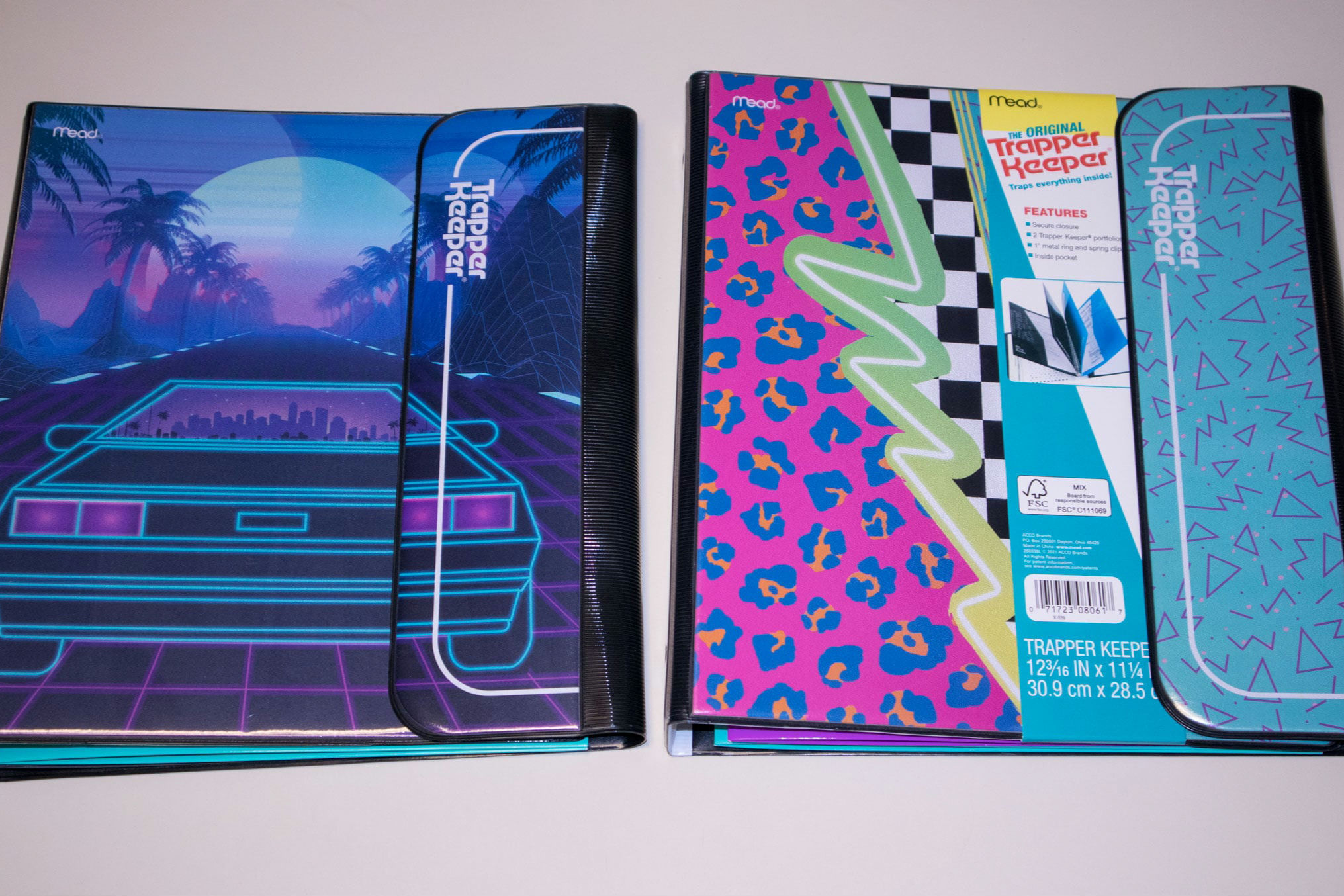
The Trapper Keeper, introduced by Mead in the 1970s and hitting peak popularity throughout the 1980s and 1990s, was the ultimate status symbol for students. It was not merely a three-ring binder; its defining feature was the set of vertical pockets, the “Trapper”, which secured papers, preventing them from falling out. The outer shell, secured by a unique Velcro or snap closure, ensured papers stayed contained, a huge improvement over traditional binders. Crucially, it was the constantly evolving, vibrant cover designs, from geometric patterns and abstract art to images of pop culture icons, that allowed for a public display of personal style, instantly signaling a student’s coolness to their peers.
2. Lisa Frank Everything
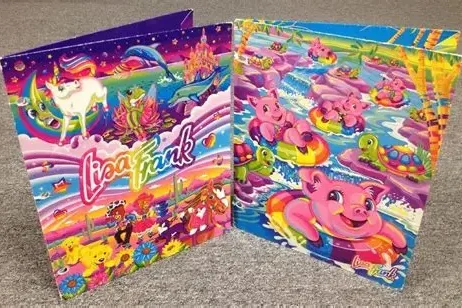
No single brand defined the school supply aesthetic for a generation of students in the late 1980s and 1990s quite like Lisa Frank. Known for its hyper-colorful, psychedelic, and often holographic designs, the brand featured signature characters like rainbow unicorns, sparkly kittens, and dancing dolphins. Owning a Lisa Frank folder, notebook, or pencil case was a must-have for those seeking to express bold, fun individuality, particularly among elementary and middle school girls. The sheer vibrancy and distinct, eye-catching style made it impossible to overlook, turning an ordinary school item into a treasured, attention-grabbing accessory that spoke volumes about the owner’s commitment to maximalist cool.
3. Clear or Mesh Backpacks
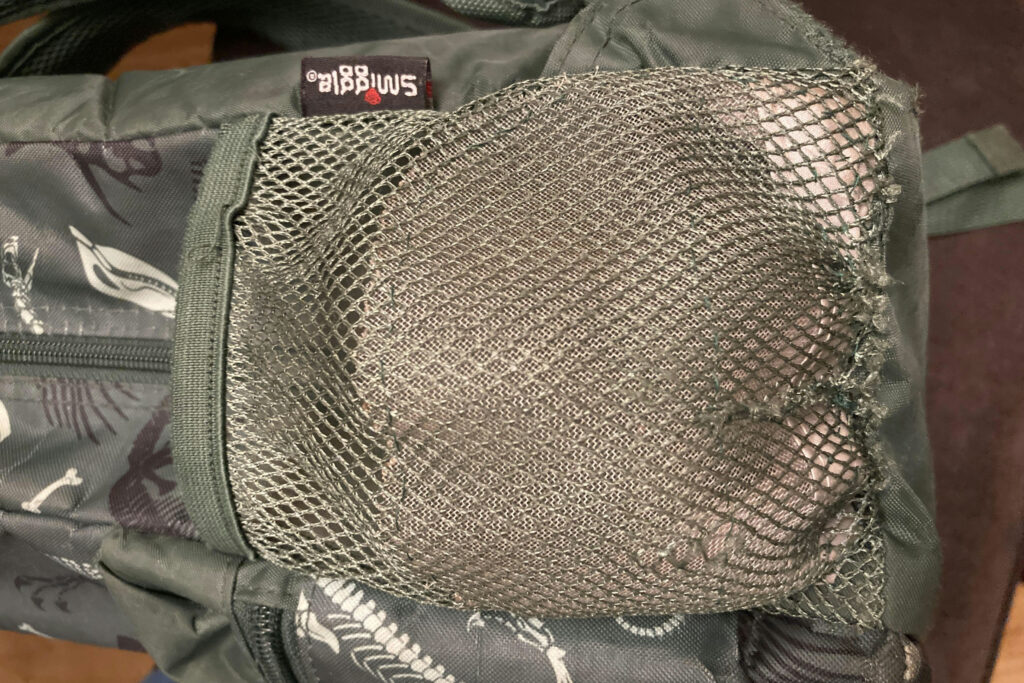
While initially mandated in some school districts during the late 1990s and early 2000s for security reasons, clear or mesh backpacks quickly became a surprising fashion statement. The transparent or net material allowed students to strategically showcase the “cool” contents inside, a glimpse into their carefully curated collection of binders, funky pencil cases, and branded notebooks. This unintended consequence turned the required visibility into a calculated choice of self-expression. For students forced to adopt them, it became a playful way to rebel against the restrictions while simultaneously being on-trend, making the transparent bag an edgy, essential accessory.
4. Gelly Roll Pens
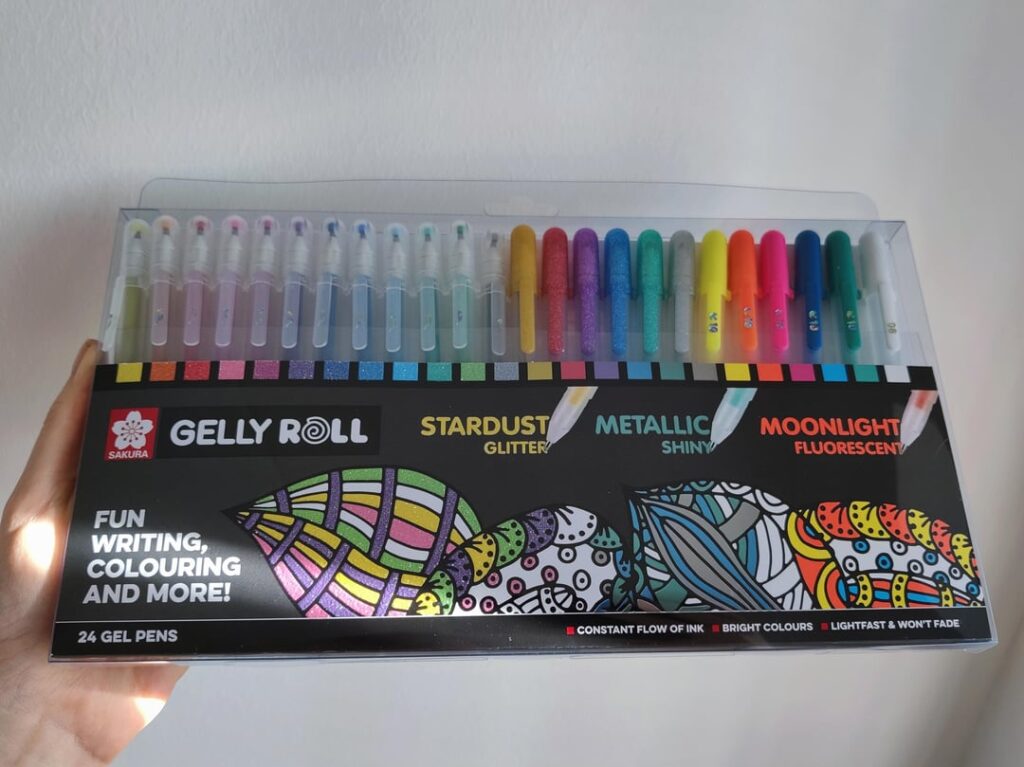
Invented by the Sakura Color Products Corp. in 1984, the Gelly Roll was the first gel ink pen on the market but exploded in popularity in the 1990s and early 2000s. These pens were distinct because they offered a smooth, opaque writing experience in an unprecedented range of colors, including metallic, glitter, and milky pastels. Their ability to write vividly on black paper made them particularly sought after for elaborate doodling, decorating notes, and creating colorful headers. Owning a massive set of Gelly Rolls meant endless options for customization, and simply lending a peer a glittery pen guaranteed a moment of cool recognition.
5. The Multiple-Color Push-Up Pen
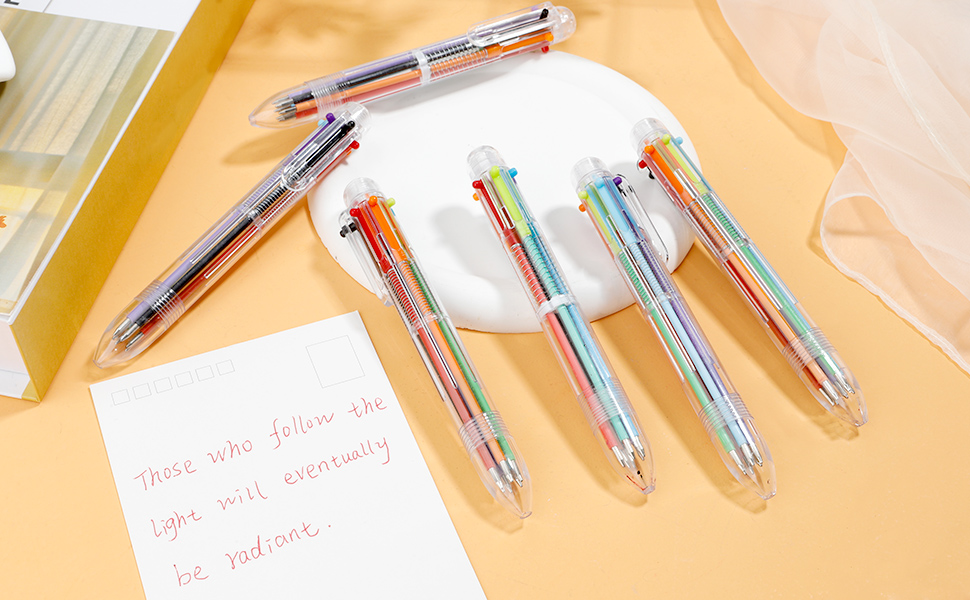
The multi-color pen, a single barrel housing four, six, or even eight different ink colors selected via a corresponding slider button, was the definition of practical novelty. Popularized by brands like Bic and Paper Mate, this pen was especially coveted because it offered maximum utility and visual entertainment. The ability to switch instantly from red to green to blue without rummaging for a new tool was impressive, but the real fun came from trying (and usually failing) to push down all the buttons at once. Carrying one showed you were both organized and appreciative of a playful, efficient gadget, making it a favorite for trading and showing off.
6. The Pilot Dr. Grip Mechanical Pencil
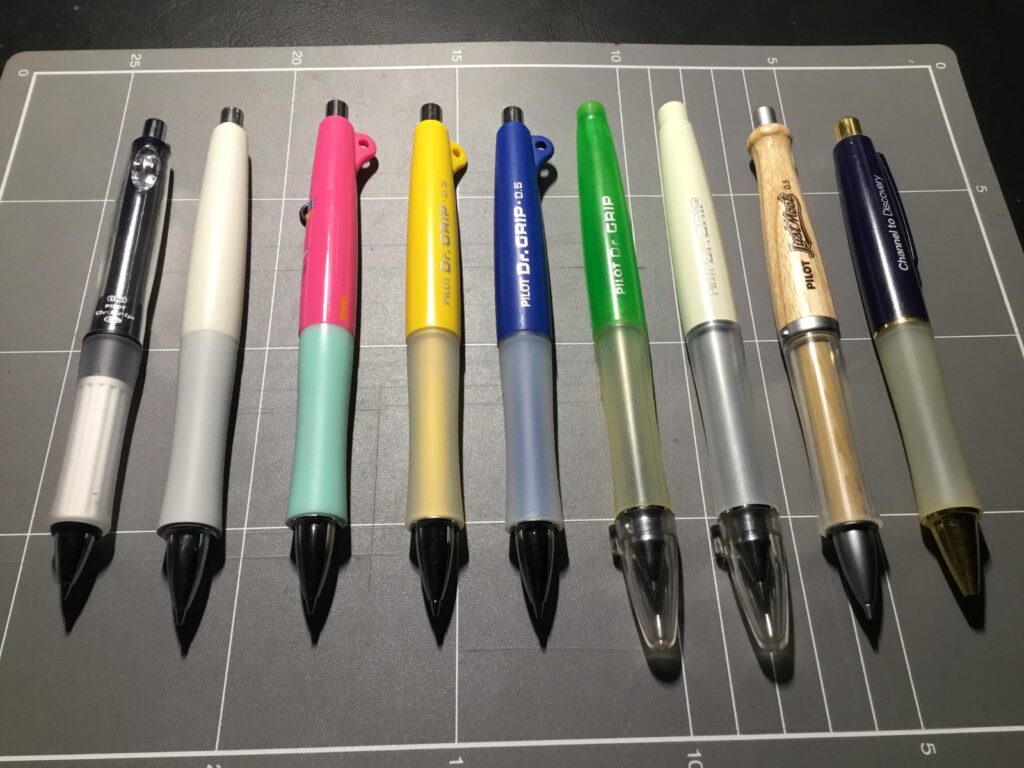
Mechanical pencils in general marked a transition from the elementary school standard No. 2, but the Pilot Dr. Grip was in a class of its own. Launched in the early 1990s, the Dr. Grip was initially marketed for its ergonomic design, featuring a notably wide, cushioned grip intended to reduce writing fatigue. However, its real appeal to students was its size and substantial feel, which suggested a level of sophisticated, grown-up functionality. It was less about comfort and more about the status of owning a premium, well-engineered writing tool that stood out from the flimsy, mass-market alternatives, instantly communicating a sense of focused, discerning taste.
7. JanSport Right Pack with Suede Bottom

The JanSport backpack became an enduring icon of school cool, largely thanks to its simple, durable design and, most importantly, the brand’s legendary lifetime warranty. The Right Pack, distinguished by its signature leather or suede bottom panel, was the gold standard. While other bags offered loud graphics, the JanSport’s appeal was its quiet, rugged authenticity and dependability. Knowing the company would repair or replace the bag for its lifetime transformed it from a mere carrier of books into a reliable, long-term commitment that was seen on every cool, college-bound high schooler, signifying both practicality and an understated sense of fashion.
8. Zippered 3-Ring Pencil Pouch
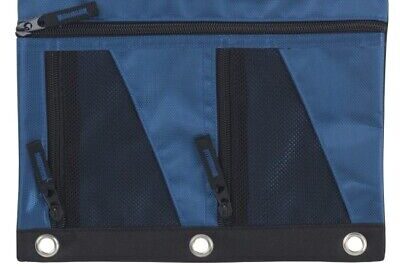
The three-hole punched, zippered pencil pouch, designed to snap directly into a binder, was a foundational piece of the organized student’s arsenal. While simple, the appeal lay in the convenience of consolidation and the ability to keep every essential writing tool contained. The trendiest versions featured clear plastic fronts to proudly display Gelly Rolls, colorful erasers, and novelty pencil sharpeners. Critically, it separated the ‘serious’ students who kept their supplies neat and accessible from those who let their pens rattle loosely in the bottom of their backpack, offering a subtle but clear statement of preparedness.
9. Slap Bracelets and Watches

The slap bracelet, a novelty accessory made of a flexible, layered spring steel band encased in fabric or plastic, dominated recess in the early 1990s. Its instant appeal came from the satisfying “slap” sound and the way it instantly curled to fit the wrist. This led to the introduction of the Slap Watch, which combined the fun, aggressive gesture of the bracelet with the function of a timepiece. Owning a slap watch was cooler than a regular watch because the public, audible act of putting it on in class or the hallways was a small performance, making the wearer the center of attention, even if only for a brief moment.
10. Fun and Character Pencil Grips
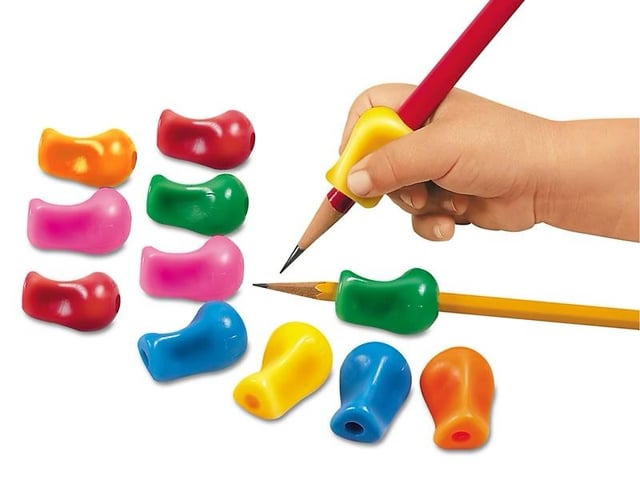
Pencil grips were originally designed for ergonomic support, but they evolved into vibrant, miniature accessories that turned a standard wooden pencil into a personality statement. From the simple, neon-colored foam tubes to the novelty grips shaped like animals, cartoon characters, or geometric swirls, these items were highly collectible and easily traded. Putting a “Wacky Wobbler” style grip on your pencil was an immediate, non-verbal way to show off your favorite characters or hottest color trends. It was a low-cost, high-visibility item that let even the shyest student showcase a bit of flair on their desktop.
11. Mr. Sketch Scented Markers
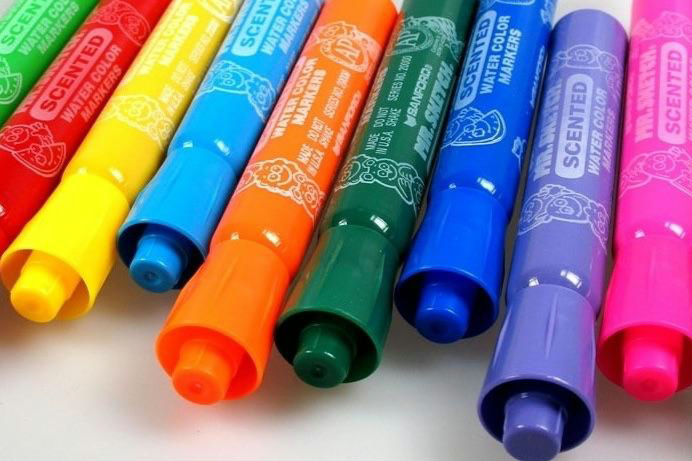
Markers were elevated from a basic coloring tool to a sensory experience with the introduction of Mr. Sketch Scented Markers in 1965, though their peak cool factor arrived in the 1980s and 90s. Each marker, easily identified by its color-coded cap and thick barrel, emitted a distinct, often food-related aroma, like cherry, blueberry, or licorice, when used. The act of drawing or highlighting with them became an engaging, sometimes mischievous, shared activity. Kids would constantly sniff their markers, comparing and debating the accuracy of the scents, which instantly made them a prized possession for anyone looking to add a little fragrant fun to an otherwise bland assignment.
12. Scratch ‘n Sniff Stickers

Before social media, Scratch ‘n Sniff stickers were a potent form of collectible currency on the playground. These stickers, particularly the “Stinky Stickers” brand from TREND, employed micro-encapsulation technology to embed tiny scent bubbles into the adhesive surface. Rubbing the sticker would rupture the capsules, releasing a burst of fragrance ranging from the desirable (grape, bubble gum, pizza) to the deliberately bizarre (onion, burnt toast, cave). Trading these stickers became a massive trend in the 1980s, and receiving one on a graded assignment was the highest form of teacher praise, making them a tangible badge of achievement and social status.
13. High-End Graphing Calculators
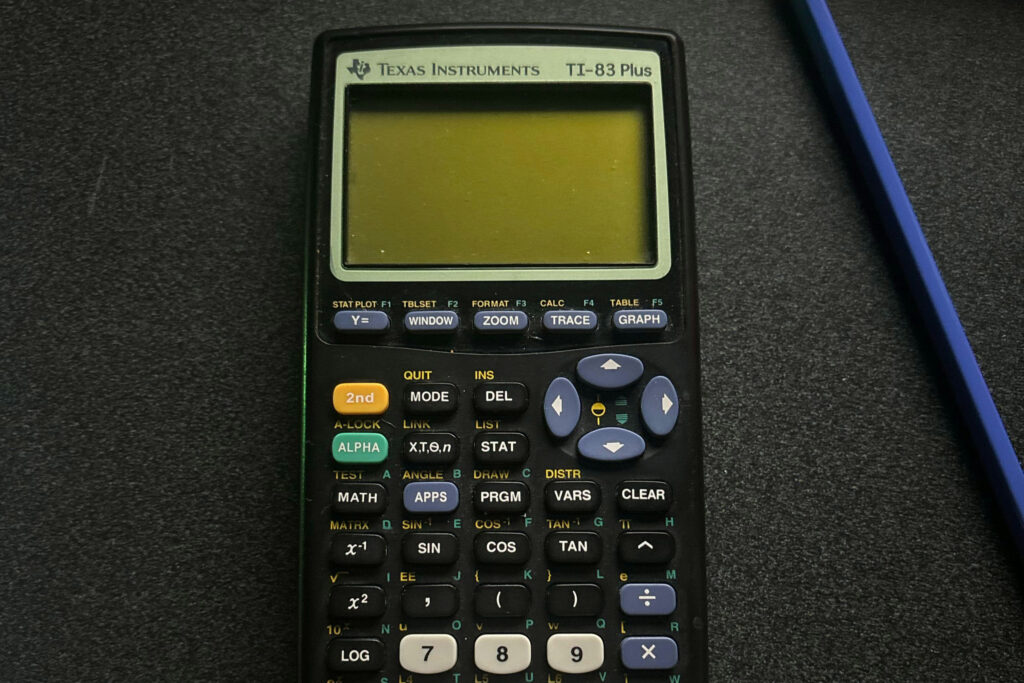
For high school students, especially those in advanced math and science courses, the Texas Instruments (TI) Graphing Calculator, such as the iconic TI-83 or TI-84 series, was the ultimate symbol of academic prowess and technical cool. More than just a calculator, these devices could plot complex functions, run small programs, and even (secretly) store notes or play simple games. Due to their high cost and essential role in standardized tests like the SAT and ACT, owning one was proof you were in the challenging classes, placing you in the coveted upper-tier of student achievement. Its bulky size and specialized buttons were a proud declaration of intellectual commitment.
14. Rolling Backpacks
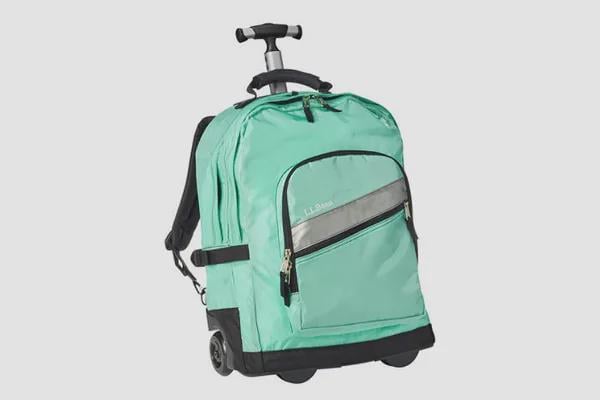
As textbooks grew heavier and lockers became less accessible, the rolling backpack emerged in the late 1990s and early 2000s as a status symbol that signaled a student’s massive academic workload, or just their desire to avoid shoulder strain. These backpacks, essentially small pieces of wheeled luggage with retractable handles, were initially controversial but quickly became popular among middle and high school students who often lugged 40 pounds of books. While sometimes seen as dorky, a high-quality rolling bag from brands like JWorld or Kipling communicated that the student was too serious and too busy to carry their immense load by hand, instantly commanding respect.
15. The Colorful Fine-Point Sharpie

While the classic black Sharpie permanent marker had always been a staple for labeling and making bold statements, the release of the fine-point marker in dozens of brilliant colors in the 2000s ushered in a new era of cool. These markers became essential for customizing notebooks, writing on accessories, and creating colorful, bleed-proof drawings. They were the perfect tool for a generation obsessed with personalization. Owning the wide set of colors meant you could execute any creative whim, transforming the Sharpie from an industrial tool into a colorful instrument of self-expression and note-taking artistry.
Walking into school with any one of these items felt like possessing a secret superpower, a small, tangible piece of pop culture that connected you directly to the latest trends. They weren’t just supplies; they were a social currency that made the daily grind a little brighter and infinitely cooler.


